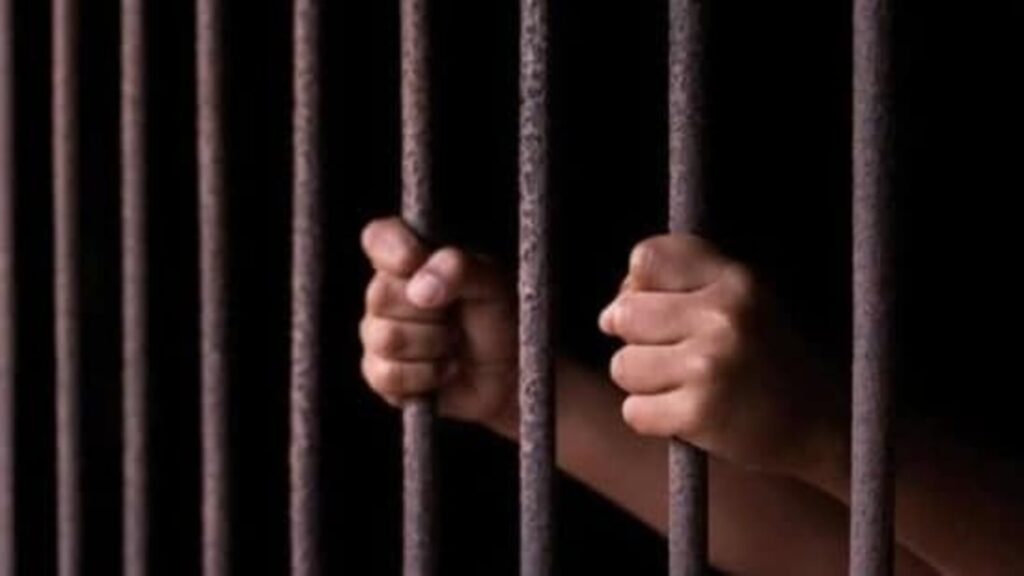The three biggest issues plaguing India’s prisons are festering corruption that allows criminal syndicates to run behind bars, overcrowding due to undertrials packed in colonial-era structures, and understaffing and underfunding of many big jails. These are worsened by India’s judicial system, especially the lower courts where hundreds of thousands of cases continue to languish, and the constraints of state governments, which control prisons. A new draft model prison act circulated by the Centre attempts to make some strides across all three aspects — albeit with varying levels of intensity, with a focus on bolstering security. The draft proposes a raft of measures to break the nexus between criminals and corrupt officials.
Prominent among them are prison terms and fines for supplying mobile phones to inmates, a complete bar on business dealings between a prisoner’s family and a jail official, and enhanced use of technology for better surveillance. Additionally, it proposes electronic tracking devices on prisoners when they are let out on furlough — a controversial provision that has been mooted several times but never adopted due to privacy and operational constraints. This provision raises serious concerns about due process and the subversion of judicial principles, over and above a potential breach of the right to privacy.
To resolve the problem of overcrowding, the government proposed separate lodging for various categories of prisoners and attending to special needs of prisoners, such as women, transgender people, people with disabilities, or those with mental illnesses. Acknowledging the practical problems in building new prisons, the draft proposed that temporary facilities may be built for inmates whose numbers may be far greater than the prison capacity.
The document also proposed that a prison’s institutional set-up should be decided in accordance with the inmate population and workload, showing a path to ensure that adequate personnel are available to staff a prison. Prisons in India are under state governments, and in one sense, the model prison act is a set of directives. But by updating colonial-era guidelines that were drafted to keep a yet-to-be-born country subservient and instituting more progressive rules for transgender people and women, the authorities have taken a significant step forward. The states would do well to respond positively.
Enjoy unlimited digital access with HT Premium
Subscribe Now to continue reading


